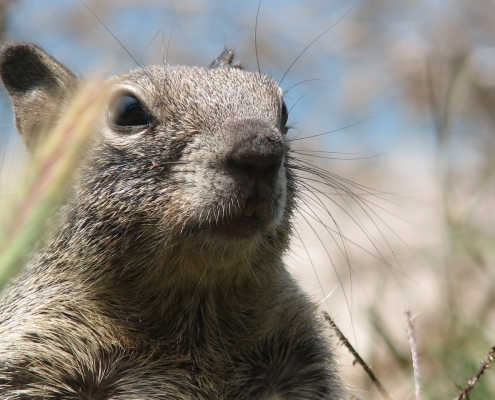 Photo by Nathan Greenway from FreeImages
Photo by Nathan Greenway from FreeImagesGrey Squirrel Folk Allegory
Family & Society, Heritage, NatureBy Raibeart OR
Odinism is our natural religion and is nature based. When describing our Holy faith as nature based, I find it important to point out that rather than a Walt Disney film viewpoint of a child like utopia fantasy, it is about…
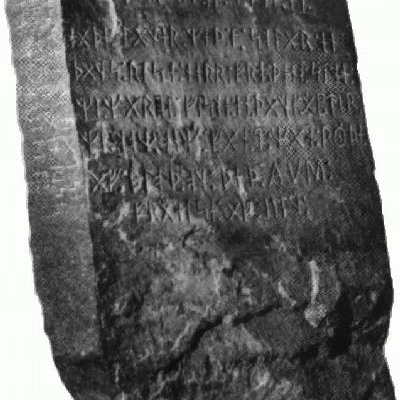
The Kensington Runestone Museum
HeritageBy Solwyn AOR
The Kensington Runestone Museum is located in Alexandria, Minnesota. It is a small museum with an inside and outside display. The outbuildings are transplanted original dwellings donated by the current owners of various properties in the state of Minnesota. They present a small snapshot of how our folk would have lived in Scandinavia, and other parts of Northern Europe.
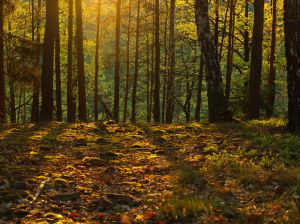
“Le Cliot de Tsèrafouén” – The Hollow Of Fairies
HeritageBy Hariulf OR
Here is a beautiful legend from my land. This is not really "Odinic" but it’s interesting because it shows that despite the Christianization of the folk, the belief in the invisible world has never completely disappeared.…

In the Footsteps of Offa
HeritageThis brand new film from OR Media traces the 23 mile section of the Offa's Dyke Path between the Anglo-Saxon town of Kington and the village of Newcastle.
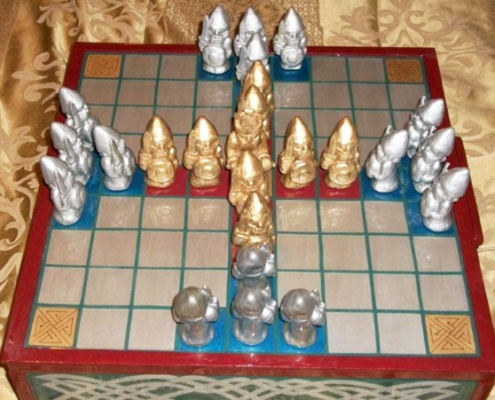
Tafl: The Game of the Gods
HeritageBy Mark Puryear
The game of Tafl, “Tables,” or Hnefatafl, “King’s Tables,” is an ancient pastime that was played by our ancestors as far back as 400 AD, until it was superseded by chess around 1000 A.D.

Odinic Ritual: The meaning and need for Dance
Blot and Ritual, HeritageDuring the Fylfot Hearth’s Yule celebrations last year, I was talking to Hengest OR about the Morris Dance I had been learning over the past few months, and about how many of those who dance it today do not see any ritual significance to it,…
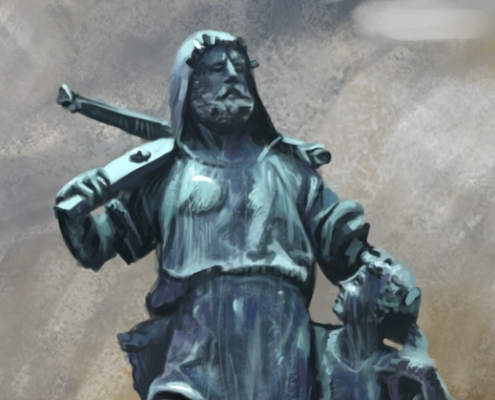
The myth of William Tell
HeritageBy Hariulf OR
First of all this article is not really an Odinic article, but I would like to share with you a very important myth for Switzerland. The very interesting thing with this myth is that it is very close to two other myths of Germanic lore: Toko's story reported by Saxo Grammaticus and the Dietrich von Bern/Thidrek's saga.

The Importance of Preserving Heritage, Tradition and Race.
HeritageBy Sam Coles AOR
Without a specific heritage to claim as their birthright, people are rootless and consequently drift through life without knowing or understanding where they came from, who they really are, or where they’re truly going. It has also been said that without the solid foundation of heritage, it is not possible to build anything that will last and stay the course, and that includes a folk community. Although this applies to every racial group, in this short article I will be focusing primarily on the situation of the Indo-European Folk.

Odinic Ritual: The purpose and need for Dance
HeritageDuring this summer’s Odinic Rite Folk Camp, I gave a talk and demonstrated a ritual dance, which was composed from Morris dancing steps of the Cotswold tradition. You can watch a video of this dance at the end of the article. The reason I decided to perform this dance at the Folk Camp was because I wanted to show those who had not considered it before, that ritual dance has great potential for Odinism in the Modern World.

The Legend of the Edelweiss
HeritageThe Edelweiss is one of the symbols of Switzerland, and also of other alpine countries such as Austria. It is a rare flower that grows at high altitudes. The Edelweiss has therefore given rise to many legends. This is one of my favourites

Holy Odinic Symbols: The Fylfot/Swastika
HeritageIn this article I have sought to concisely explain the history, etymology, meaning and modern use of the Fylfot/Swastika, including in ritual, utilising both external sources and my own interpretation and experiences as guides. I hope you will find this article both useful and interesting in learning more about this most holy of symbols. Hail the Fylfot!

Ship Burial
HeritageIn the Elder Days Odinists practised both earth burial and burning. The body of a high-ranking warrior often received special treatment. It was laid in a cairn with goods and arms and sometimes even a charger. The body was placed in a sitting posture, usually in a chamber formed of baulks of timber or blocks of stone, over which was piled earth or gravel. But the ceremonial disposal of the dead for which the old Odinists are most often remembered is what we know as ship-burial.
